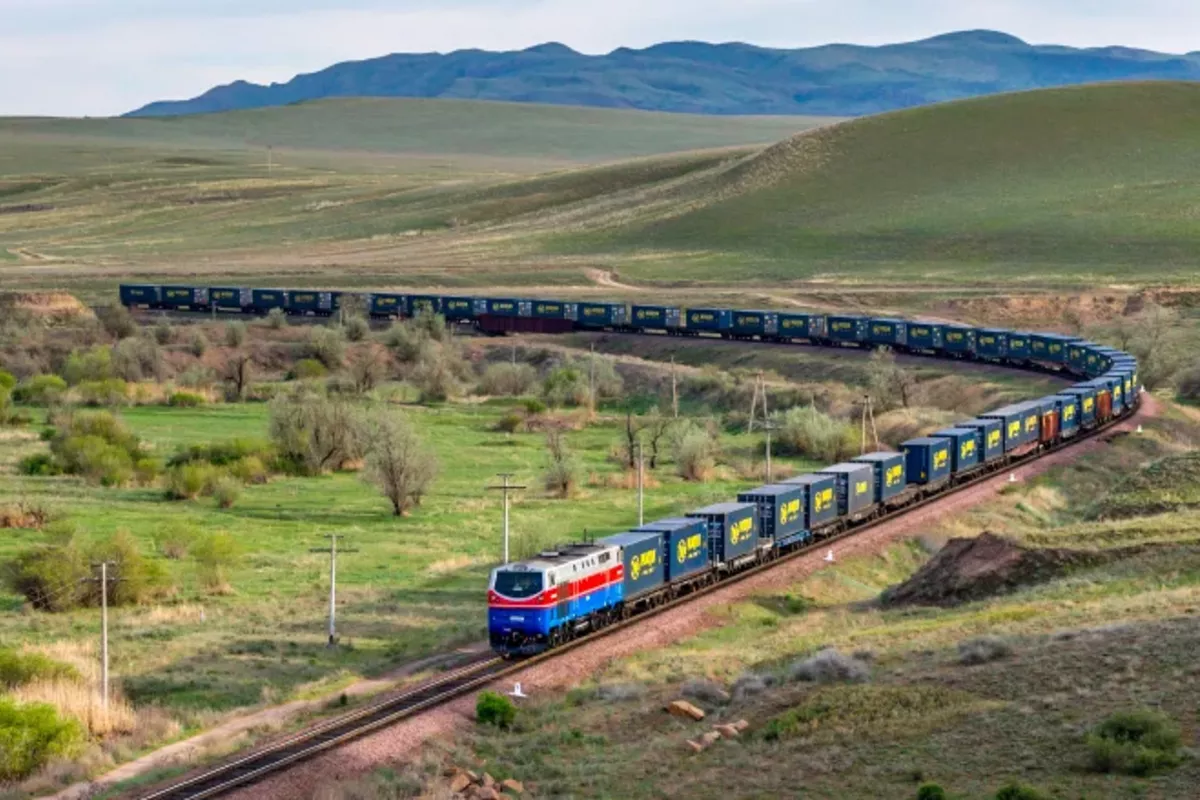
Photo credit: worldbank.org
Iran is rapidly advancing the completion of the Rasht-Astara railway, the final segment of the International North-South Transport Corridor (INSTC), aiming to solidify its position as a major transit hub linking South Asia, the Persian Gulf, the Caucasus, and Europe.
The project has gained momentum under Iran’s current government, reflecting Tehran’s ambition to expand trade routes, attract investment, and increase regional influence, The Caspian Post reports citing Trend.
Since taking office in August 2024, the government has focused on the Rasht-Astara section - the only part of the INSTC in Iran without a railway. While the 165-kilometer line has been discussed for years, progress has been slow until now. Recognizing its strategic value, Iran is actively addressing the remaining obstacles to construction.
Land acquisition along the route is the first step. So far, ownership rights for 80 kilometers have been secured, with the remaining 80 kilometers expected to be acquired by March 20, 2026. Construction will begin once the entire route is cleared.
In an exclusive interview with Trend, Iran’s Ambassador to Azerbaijan Mojtaba Demirchilou emphasized the corridor’s significance, noting that once operational, it will benefit Iran, Azerbaijan, and the broader region.
“Work is underway on the Rasht-Astara railway with Russia’s support. Beyond the railway itself, Iran is addressing bottlenecks at border checkpoints and simplifying customs procedures. Fully leveraging the corridor’s potential requires strong infrastructure and the development of supporting capabilities,” the ambassador said.
Iran’s Minister of Roads and Urban Development Farzaneh Sadegh told Trend that the railway remains a top priority.
“In recent months, we’ve closely monitored progress and focused on accelerating physical work. The Rasht-Astara railway fills the missing link in the INSTC. Iran plans to complete land acquisition by year-end, while Russia has already begun preparatory studies for construction,” she said.
The western branch of the INSTC, which runs through Azerbaijan and beyond, is particularly valuable for trade. With Azerbaijan’s advanced railway infrastructure and the operational terminal at Astara, Tehran sees this route as strategically effective.
At an October 26 event in central Iran on expanding the Saveh-Salafchegan highway, Minister Sadegh noted that an agreement between Iran and Russia on the Rasht-Astara railway is expected next month, which will accelerate construction. Iran aims to transport up to 15 million tons of cargo annually along this route in the first phase.
The agreement builds on a May 17, 2023, deal between Iran and Russia in Gilan Province, northern Iran. The 163-kilometer railway will feature nine stations. Once completed, the INSTC will connect Iran’s rail network with the Caucasus, Russia, and Northern Europe. Russia is expected to invest 1.6 billion euros, with construction planned to finish within 48 months.
The Rasht-Astara railway is more than an infrastructure project. It positions Iran as a pivotal transit hub in the region, strengthens trade ties with regional partners, and offers an alternative to existing routes through the Suez Canal or Russia’s traditional transport network. Azerbaijan, of course, plays a key role in this corridor, providing advanced railway infrastructure and an operational terminal at Astara that ensures seamless connectivity between Iran and the South Caucasus. For Central Asian exporters, it opens a new pathway to global markets, while for Iran, it reinforces both economic and strategic influence in the region.
Share on social media